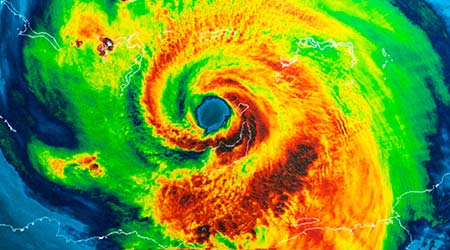Sutter Health in California, MD Anderson in Texas and a stand-alone Texas clinic shared lessons learned from their successful disaster responses in an article on the Healthcare Finance website.
Surviving can require everything from thorough communication, coordination and cloud-based EHRs.
Let's take a closer look at how Sutter, MD Anderson and Fannett Medical Center survived and what other hospitals can take away from their experiences.
Sutter Health faced the Northern California wildfires. The fact that the facility had its own independent water source meant that they were not subject to complications from the failure of the city water system.
MD Anderson Cancer Center came through Hurricane Harvey largely unscathed. The facility has ride-out teams of roughly 1000 staff in place for running the institution so there is no interruption in patient care. Prioritizing information, ramping up communication and conducting multiple training exercises are part of Anderson's disaster plan.
Fannett Medical Center, a 40-year-old stand-alone medical clinic in Beaumont, Texas, called rebounded after Harvey because of a cloud-based EHR called AdvancedMD. They also purchased portable wifi stations so that no matter where they were, they could access patient records and communicate.

 Habitat Health Opens South Los Angeles PACE Center
Habitat Health Opens South Los Angeles PACE Center Denton County MHMR Center Suffers a Data Breach
Denton County MHMR Center Suffers a Data Breach What Every EVS Leader Needs To Know
What Every EVS Leader Needs To Know Blackbird Health Opens New Clinic in New Jersey
Blackbird Health Opens New Clinic in New Jersey St. John's Riverside Hospital Falls Victim to Data Breach
St. John's Riverside Hospital Falls Victim to Data Breach